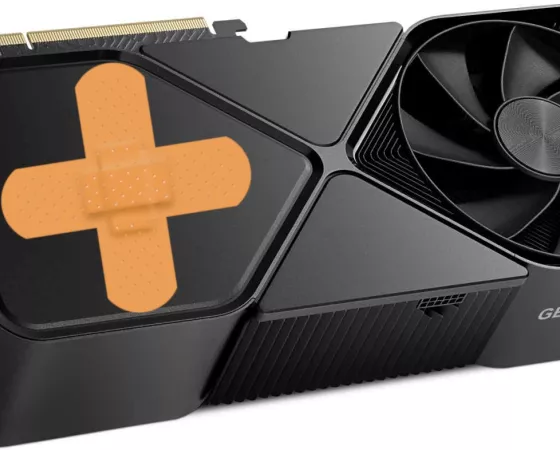Meta Is Using The Linux Scheduler Designed For Valve's Steam Deck On Its Servers
Read more of this story at Slashdot.
Read more of this story at Slashdot.
Read more of this story at Slashdot.
Read more of this story at Slashdot.
Read more of this story at Slashdot.
Read more of this story at Slashdot.
Read more of this story at Slashdot.
Read more of this story at Slashdot.
Read more of this story at Slashdot.
 NVIDIA a publié, il y a quelques jours ses pilotes GeForce Game Ready 591.59. David vous avait fait une présentation de ces derniers pilotes GeForce Game Ready, avec les choses à en attendre. Toutefois, il persiste des bugs (introduits avec ?) qu'il a fallu éradiquer, et le hotfix était un bon moyen...
NVIDIA a publié, il y a quelques jours ses pilotes GeForce Game Ready 591.59. David vous avait fait une présentation de ces derniers pilotes GeForce Game Ready, avec les choses à en attendre. Toutefois, il persiste des bugs (introduits avec ?) qu'il a fallu éradiquer, et le hotfix était un bon moyen...
Read more of this story at Slashdot.
Read more of this story at Slashdot.
Read more of this story at Slashdot.
Read more of this story at Slashdot.

Le jeu Bloodstained: Ritual of the Night est offert par le store d'Epic Games, vous avez jusqu'à demain 17 heures, pour effectuer l'ajout ici.Les Igavania sont de retour ! Vous incarnez Miriam, une orpheline marquée par la malédiction d'un alchimiste qui cristallise lentement son corps. Pour se sauver, et sauver l'humanité, elle doit se frayer un chemin à travers le château pour vaincre l'invocateur, Gebel. […]
Lire la suite
Read more of this story at Slashdot.